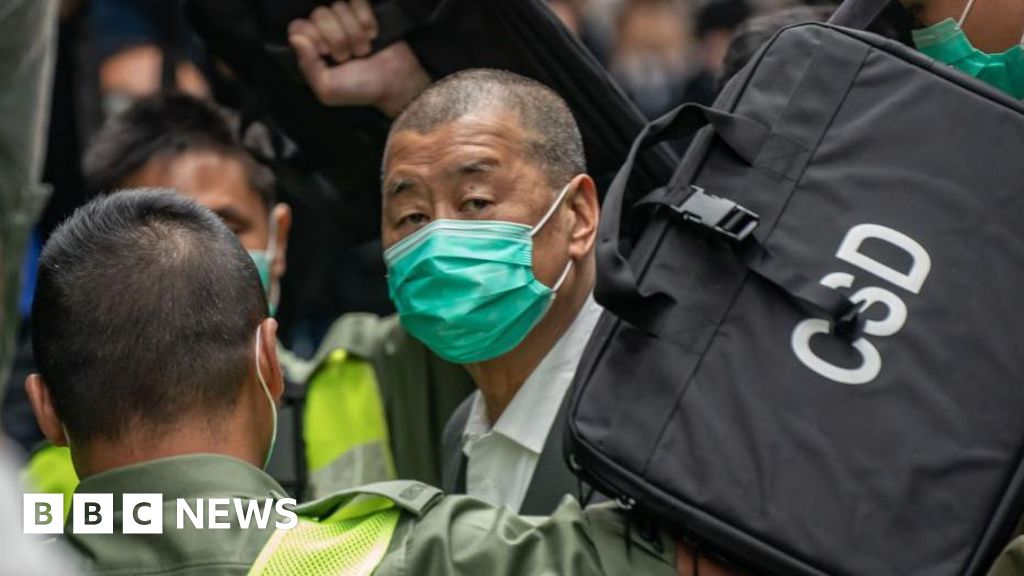SEOUL — South Korea has the lowest birthrate in the world, but parents say the government isn’t making it any easier for them to have children when hundreds of public facilities across the country are designated “no-kids zones.”
Earlier this month, a lawmaker took her toddler to the National Assembly and called on the government to outlaw the policy, which allows restaurants, museums, cafes and other establishments to ban children from entering.
In her address, Yong Hye-in, a representative of the Basic Income Party, said it was becoming more difficult to raise a family in cities that prohibit children from certain areas. Getting rid of no-kids zones and creating a society more accepting of children would help the country overcome its low birthrate, she said.
“Life with a child isn’t easy,” said Ms. Yong while holding her son at the National Assembly. “But still, we have to recreate a society in which we can coexist with our children.”
Last year, South Korea had a birthrate of 0.78, according to government figures. Many young couples in the country are choosing to not have children because of the rising costs of child care and housing, job scarcity and growing anxiety about the future. For years, the government has offered incentives like monthly subsidies worth hundreds of dollars to families with children but has failed to adequately address the demographic crisis.
There are hundreds of no-kids zones throughout South Korea. The National Library of Korea, for example, prohibits anyone under the age of 16 from entering without special permission. (Recently, some places have also tried to ban seniors, triggering a debate online.)
This is the second time Ms. Yong has appeared at the National Assembly with her child. In the summer of 2021, she came with her son when he was only a few weeks old. The National Assembly prohibits anyone other than assembly members and authorized personnel from entering, and is itself considered a no-kids zone.
Ms. Yong introduced the “National Assembly Chamber Child Companion Law” in 2021, calling for infants under 24 months old to be allowed to enter the legislature’s main floor. The bill has yet to pass.
The debate around where children should and shouldn’t be allowed has been ongoing for years, and not just in South Korea. Angry travelers have often asked why airlines don’t introduce seating areas designated for families with small children.
Several countries, including Australia and the United States, allow children to enter government buildings. Infants were first allowed onto the Senate floor in Washington after Senator Tammy Duckworth, whose presence was needed to confirm a new NASA administrator, gave birth to a daughter less than two weeks before the vote in 2018.
Stella Creasy, a member of the British Parliament, was chastised in 2021 for bringing her baby to Westminster Hall in London.
Ms. Yong was born in 1990 in Bucheon, a city on the outskirts of Seoul, and became a lawmaker in 2020. In addition to getting rid of no-kids zones, she is also planning to introduce legislation that would allow children and their families to avoid lines at places like museums and amusement parks.
There are almost 3.5 million children under the age of 10 in South Korea, and over 11,000 public facilities designed for children’s play, according to government statistics.
Public opinion on child-free zones suggests that most South Koreans support them. A 2022 survey by Hankook Research, a polling company based in Seoul, showed that 73 percent of respondents were in favor of no-kids zones while only 18 percent were against them. (Another 9 percent of respondents were undecided).
Supporters of the policy say that children can be a disturbance to customers. “I usually go to cafes to study, I don’t want to be interrupted by crying kids,” Lee Chan-hee, an engineering student in Seoul who frequents a cafe that prohibits children, said in an interview this week.
Other reasons for supporting the zones include the prevention of accidents and property damage as well as injuries to young children. Protecting the rights of small business owners was also a consideration.
But the tide may be changing.
The push to get rid of no-kids zones gained momentum last week when the health and welfare safety committee on Jeju Island — a popular tourist destination off the southern tip of the Korean Peninsula — deliberated an ordinance that would abolish no-kids zones island wide.
Lawmakers on the island will hold a session later this month to decide whether or not to pass the bill. If it passes, it will be the first law of its kind in South Korea.










